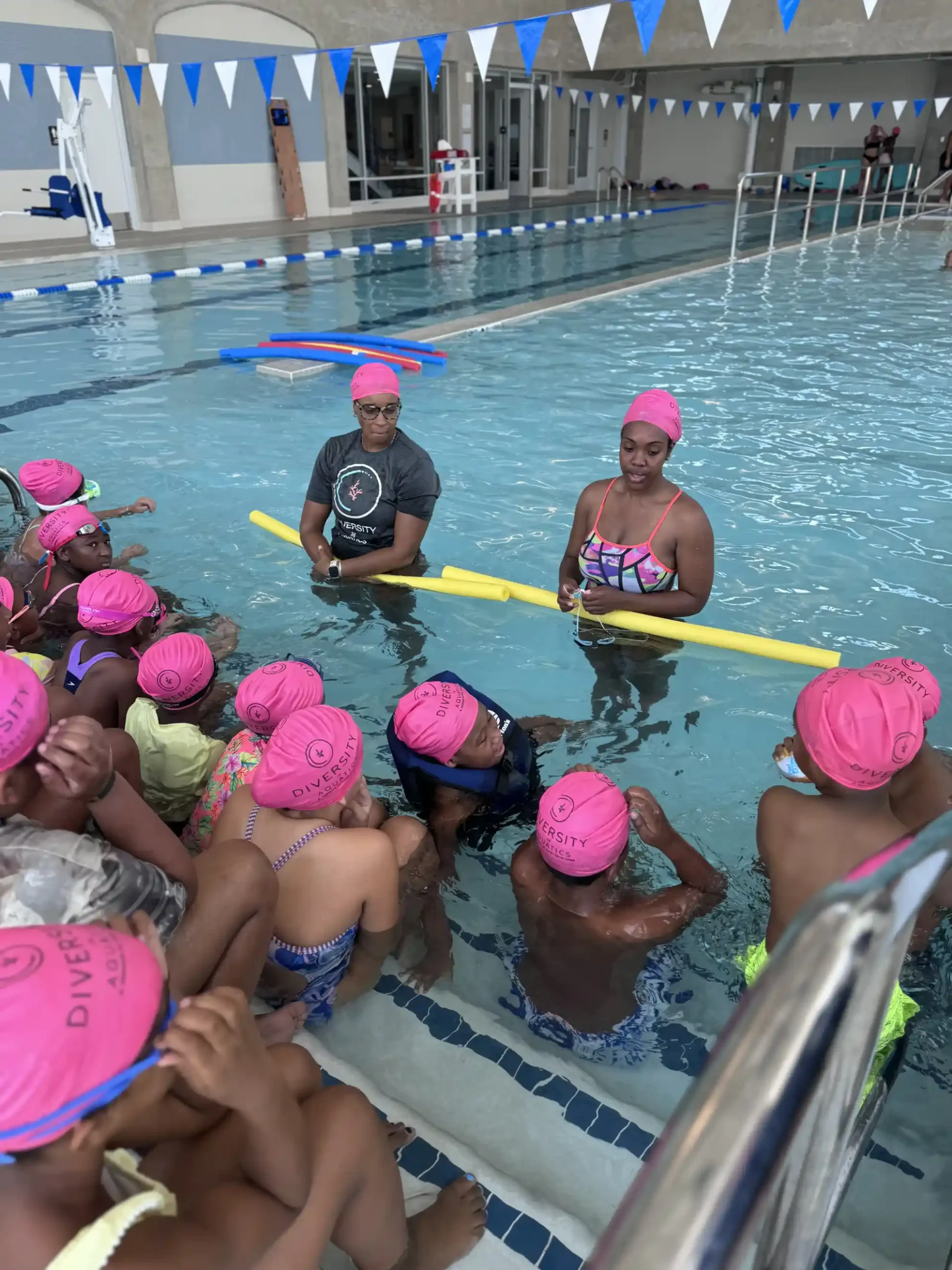Water safety is a critical issue that affects everyone, but it is often overlooked in community education efforts. Understanding the importance of water safety and drowning prevention can make a significant difference in saving lives and ensuring that everyone can enjoy aquatic activities safely.
This guide provides you with practical steps to educate your community about water safety—now enhanced with digital best practices from our web development team—to ensure inclusivity, accessibility, and scalability.
Water safety education is not just about learning to swim. It's about creating a culture of awareness and preparedness that helps prevent drowning and promotes safe practices around water. Drowning is a leading cause of injury-related death among children, and many of these tragedies are preventable with the right education and resources.
Before diving into strategies, it's crucial to recognize the historical and cultural factors that contribute to disparities in access to aquatic education. Marginalized communities have often faced barriers to swimming facilities and instruction. Addressing these barriers with sensitivity and awareness is essential for effective and equitable education.
Raise awareness through both traditional outreach (flyers, community events) and digital platforms. Web developer tips:
Build partnerships with schools, recreation centers, and non-profits to amplify your message.
Web developer tips:
Ensure swimming lessons are physically and financially accessible.
Web developer tips:
Offer workshops on key skills like CPR and recognizing drowning signs.
Web developer tips:
Tailor educational content using culturally sensitive messaging and visuals.
Web developer tips:
Include open water safety in your messaging.
Web developer tips:
Help ensure that pools follow best safety protocols.
Web developer tips:
Reinforce the importance of swimming with others.
Web developer tips:
Get buy-in from local leaders and influencers.
Web developer tips:
Recognize and reward community involvement.
Web developer tips:
Solicit feedback and adapt.
Web developer tips:
Plan local events such as swim clinics and CPR demos.
Create a network of support.
Spread awareness through digital outreach.
Ensure resources are inclusive and easy to access.
Enable assistive technology features (alt text, captions, screen reader compatibility).
Water safety education is a vital component of community well-being. By incorporating historical awareness, inclusive programming, and digital strategies, we can empower all communities to stay safe around water.
Let’s work together—with the support of technology and community—to make water safety education accessible, engaging, and impactful for all.
Begin with an awareness push, partner locally, and use digital tools for outreach.
All ages—from preschoolers to seniors. Tailor your content for each group.
Use national resources (CDC, Red Cross), and create customized materials based on your community’s needs.
Incorporate games, videos, and real-life testimonials.
Yes! Workshops on CPR, rescue skills, and awareness can be taught on land.
Provide multilingual resources and translators at events.
Use online surveys, social media analytics, and attendance logs.
Create youth ambassador programs and offer volunteer roles.
Email newsletters, social media groups, and community bulletin boards.
Ensure accessibility, update content regularly, and use calls-to-action.
